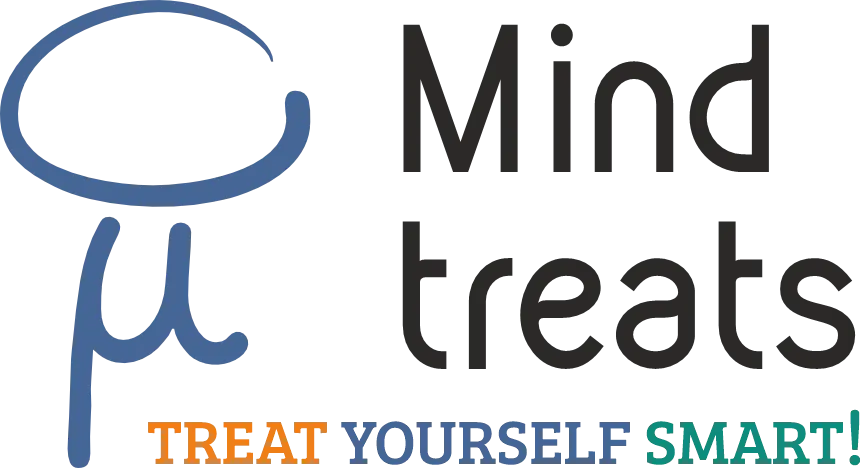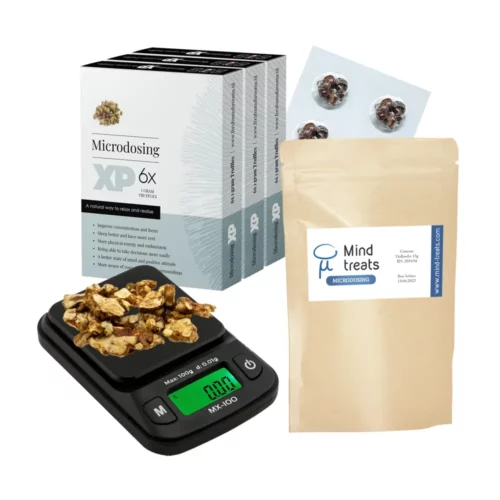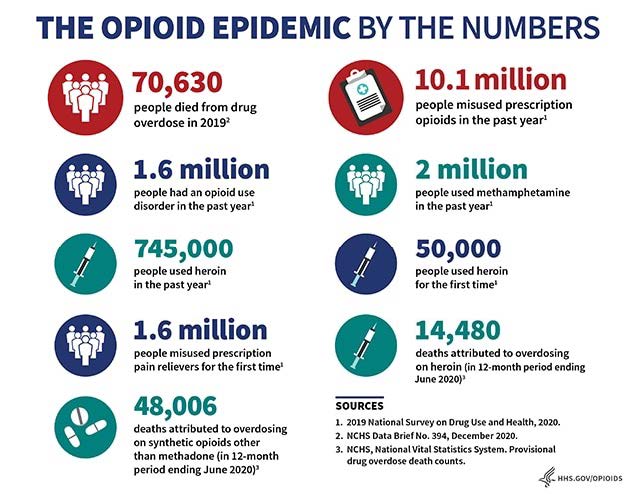Health, Psychedelics
The Enigma of Psychedelics: Exclusion from Pharmaceutical Medicines in a World of Scheduled Drug Sales
In the realm of pharmaceuticals and scheduled drugs, there exists a perplexing enigma surrounding the exclusion of psychedelics from legitimate medicinal use. To unravel this mystery, one must delve into the historical and legislative intricacies that have shaped the modern landscape of drug research and pharmaceutical practices.
A Turning Point: The 1971 UN Convention and Its Impact
Before the international community signed the 1971 United Nations Convention on Psychotropic Substances, there was an era of burgeoning research on psychedelics. These mind-altering substances were being investigated for their potential therapeutic properties. However, the convention marked a turning point. It not only banned the recreational use of these substances but also restricted scientific research, throwing a veil of suspicion over the very compounds that had intrigued researchers.
The convention’s prohibition was a heavy blow to psychedelics, some of which had been used for centuries in traditional rituals and ceremonies. Substances like psilocybin, found in certain mushrooms, had deep cultural and spiritual significance in various indigenous societies. The ban hindered scientific exploration into their effects and potential medical benefits.
Throughout the decades that followed the convention, researchers encountered numerous obstacles when attempting to study psychedelics. The “war on drugs” during the latter half of the 20th century exacerbated these difficulties, creating a stigma around these substances that still lingers until today.
Imprisonment, Pharmaceuticals, and Financial Burdens
The era that followed the 1971 United Nations Convention on Psychotropic Substances brought about profound changes in the United States, particularly during the presidency of Ronald Reagan. It was during this time that the “War on Drugs” was declared, leading to the incarceration of millions of individuals, disproportionately affecting communities of color. While this approach aimed to curb the drug trade and addiction, it resulted in the imprisonment of many non-violent offenders, often for minor drug-related offenses. The consequences were not just the loss of personal freedom but also a tremendous financial burden on the nation, costing billions of dollars.
What makes this period particularly perplexing is that, in parallel, pharmaceutical companies legally marketed and sold scheduled substances, reaping immense profits from medications derived from the very compounds for which countless individuals were incarcerated. This glaring contradiction exemplifies the complex and, at times, contradictory nature of drug policies and practices during that era.
Pharmaceutical Paradox: Scheduled Drugs Turned Medications
The irony of the situation becomes glaring when we examine the impact of opioids, uppers, downers, and other scheduled drugs on the pharmaceutical market. These substances, once forbidden on the streets, have been transformed into prescription medications that have ensnared millions of people in the clutches of addiction.
The opioid crisis in America, for instance, serves as a somber testament to the devastating consequences of this pharmaceutical exploitation. While the pharmaceutical industry has lucratively repurposed these substances, it is the astonishing absence of psilocybin, a compound with promising anti-addictive potential, in conventional medicine that raises critical questions. Despite mounting evidence pointing to its capacity to break the chains of addiction, psilocybin has remained relegated to the fringes of pharmaceutical practice, a conundrum that underscores the intricate dynamics within the pharmaceutical world.
It is essential to underscore that not all pharmaceuticals are to be condemned. The challenge, however, lies in striking a balance between the potential benefits and the ethical responsibilities of this industry, acknowledging the potential therapeutic value of substances like psilocybin while ensuring their safe and responsible use. In doing so, we can foster a more nuanced understanding of pharmaceuticals and scheduled drugs, seeking to harness their potential for the greater good.
Revival of Interest: Psychedelics in Modern Medicine
In recent years, there has been a resurgence of interest in the therapeutic potential of psychedelics, and research restrictions are slowly loosening. Some clinical trials have shown promising results in the treatment of mental health conditions such as depression, anxiety, and PTSD, igniting a rekindled curiosity in the scientific community.
The exclusion of psychedelics from pharmaceutical medicines is a fascinating puzzle in the larger context of drug policy, societal norms, and corporate influence. It raises critical questions about the future of drug research, regulation, and the potential healing properties of substances that have long been misunderstood and stigmatized. As we continue to explore the enigma of psychedelics, we must remain vigilant and discerning in our approach to ensure the safe and responsible use of these powerful compounds, while also addressing the broader issues of drug misuse and pharmaceutical industry practices that have left an indelible mark on society.
Sources:
1. U.S department of health and services, Opioid Facts and Statistics. https://www.hhs.gov/opioids/statistics/index.html
2. Britannica, War on Drugs https://www.britannica.com/topic/war-on-drugs
3. Time Magazine, Psilocybin could be a therapeutic breakthrough for addiction. https://time.com/6167638/psilocybin-addiction-therapeutic-breakthrough/
3. Psychotherapy with Psilocybin for Depression: Systematic Review, Behav Sci (Basel). 2023 Apr; 13(4): 297 https://www.ncbi.nlm.nih.gov/pmc/articles/PMC10135952/
4. Alcohol and Drug Foundation, Magic Mushroom as medicine https://adf.org.au/insights/magic-mushrooms-medicine/





